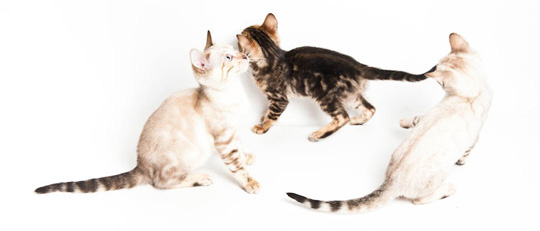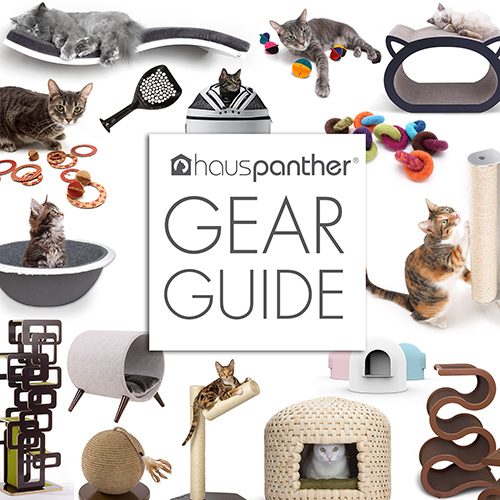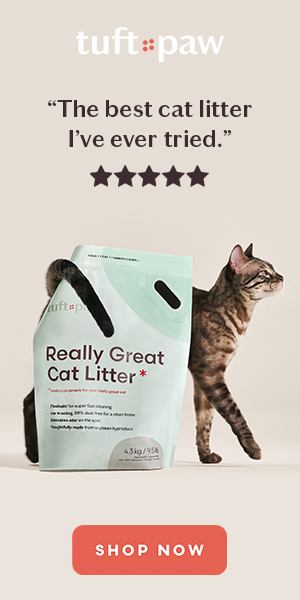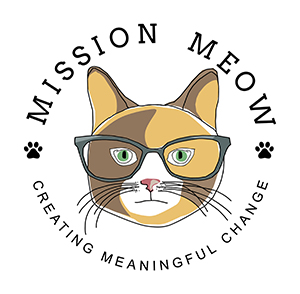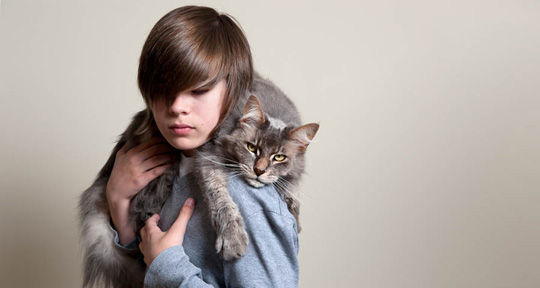
This time for our cat photography Q & A series, we have British pet photographer Nynke Wierda. She was kind enough to answer our Q & A to tell us a little more about her work.
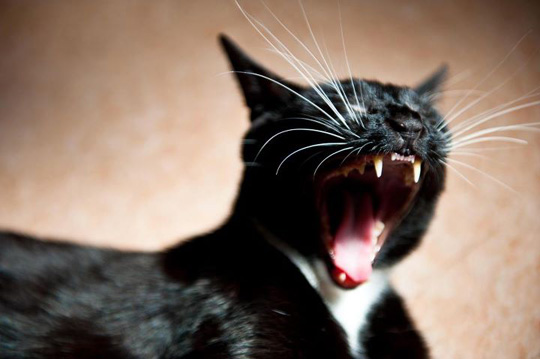
How long have you been photographing pets and how did you get started?
Looking through my archives, there actually are some accidental pet or animal pictures. Animals were never my main focus, however, until 7-week-old kitten Bill (above) arrived in March 2010. He’s now a very sleek and handsome 2-year-old and needless to say he’s done a fair bit of modelling for me. Bill and my partner have a pretty special relationship — Bill’s early morning cuddles are always with Tim. It was Bill’s affection for Tim that made me realise that pets love people, too. This inspired my final year project for my commercial photography degree — Pets and their People. The pets included cats, dogs and snakes! By the time the project finished and I graduated in 2011, I had photographed lots of pets and did not want to stop. I love the unpredictability and the hard work. Every place and every animal is different and I also love their shapes, colours and textures. For example, I use a softer light on a Maine Coon and a harder one on a short-hair to bring out their coats. So now I am a pet photographer and I am based in Sheffield, England.
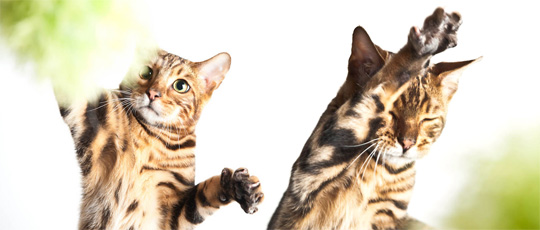
What kind of pet photography do you do? Do you have a specialty?
I photograph more cats and dogs than anything else. I do not specialise in a particular animal or breed, but would love to do more exotics as well as birds and horses! In January 2012 I started a personal project called ‘Dogs of Sheffield’. I always get the weekend papers from a shop nearby and I noticed the dogs being walked in the area — even early on a Sunday. Whenever I go out, I take my camera and when I see a dog and their person, I ask whether I can take a photograph of the dog. So far everyone has said yes and I’ve not been bitten. In fact, I’ve had some lovely cuddles! I now know quite a few dogs in my neighbourhood, too. As the year progresses, I’m hoping to cover a bit more of the city. I will run the project until the end of the year and then see what I’ve come up with — there could possibly be a book or an exhibition in it? I also discovered that cats will sit and watch you — and let you photograph them — before running away. This parallel project is called ‘Cats of Sheffield’ (I could not come up with a better name). The projects are not something I need to do on a daily basis, but it encourages me to get out and walk more and I get to meet lots of interesting and lovely dogs, cats and people.
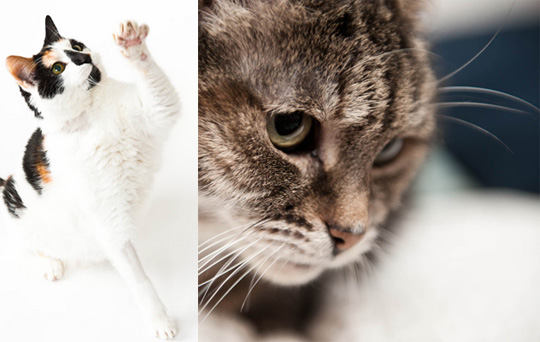
Do you do anything special to prepare for a photo shoot with a cat?
The main preparation for any shoot is to make sure that my equipment is in working order and that I have everything I need with me. Treats and toys are a must, but luckily cats are not very fussy and happy to play with whatever is around, including wooden spoons! I shoot a lot indoors, which means setting up lighting and a background and I find it best to have the cat around whilst I’m doing it. If you introduce the cat after everything has been rigged up, you spend another 20 minutes waiting for it to explore the set. You find out very quickly how a cat is going to behave and you need to take time to settle it down. I use the toys as a distraction as well as props and also have very frequent breaks as they tend to get bored quite quickly when they are being handled — young cats in particular. I very much go with the flow and the shoot is dictated by the cat, because it’s never going to listen to anything I say anyway.
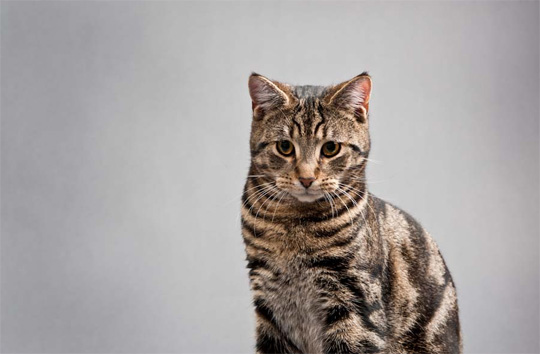
What was the most challenging cat photo shoot you have done? Any funny stories?
Photographing ten Bengals was a challenging job. I didn’t know there were going to be that many although we didn’t shoot them all at the same time. We shot in a spare bedroom with two beds, other furniture and three people in it. There were four kittens and I ended up photographing only three as the fourth managed to get under a chest of drawers and would not come out. The other three kept jumping off the table, too. I spent a lot of time on my stomach coaxing cats from under the beds and not just the kittens either! All of them found the room far more interesting than being photographed by me. Being Bengals, they kept going to the sink behind the set and it was really difficult to get to them. Shooting in such a confined space with cats running around and meowing and crying was a challenge. Keeping them on the table and interested was another challenge! Afterwards I was exhausted, but they are amazingly beautiful cats and it was a great experience — it was worth it!
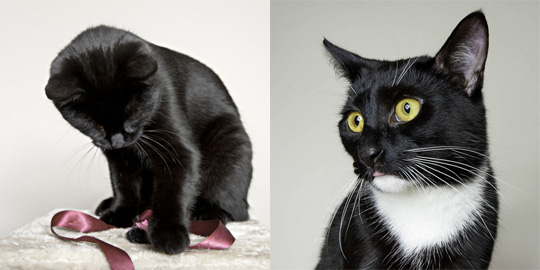
Do you have any tips for readers about how to take great photos of their cats?
In October 2010, we gave Fluff a home. Bill and Fluff are very different cats. Where Bill likes to get involved, Fluff will hide under the table. Now he’s a bit older, he likes being photographed even less! Because I capture them mostly indoors, I keep the camera handy and I usually shoot with the widest aperture as lack of light is often an issue. I got some of the best shots of Bill in patches of sunlight in the kitchen. Recently Fluff was sitting on the dining-room table having just woken up. He was looking out of the window, which gave me enough light to capture his profile. It was the right time and the right place and he was sleepy enough not to mind me too much. With black cats in particular, you need lots and lots of light so anywhere next to a window would be great. Be patient, be aware of where they are and what they do and then be very fast. Get in as close as you can to avoid including too much background. Our tall cat tree also is a great prop either for playing or posing. If you need to use flash, try to bounce it off the ceiling or wall if you can. I know that cats change their habits on a weekly basis, but at least that week you know where they prefer to sleep or which window-sill is the favourite — use that knowledge. Get to know your camera and its settings and don’t be afraid to experiment and to look at your cat from different angles.
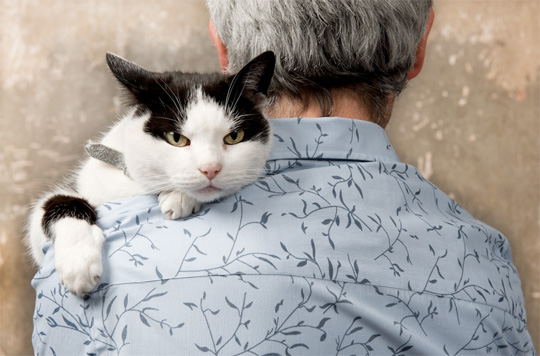
For the more technically inclined readers, can you please tell us what equipment you use? (camera, lens, lighting, filters, etc.)
I have a Nikon D700 and my main lens is the 24-70 mm 2.8. I also have a Sigma 70-200 mm, which is not ideal for a full frame camera as it gives vignetting when not fully zoomed in. I do use it for creative/dramatic effect and when I want to be in very close, but not close to the animal. I use two Elinchrom mono heads, a silver umbrella and a small softbox. As I often work in small spaces, that is all the kit I have space for. For file management and processing I use Lightroom 3 and Photoshop CS5. And I always take a box filled with bits and bobs with me. My Minolta light meter lives in it as well as small reflectors, USB leads, clips, the sync lead — I keep everything that may be remotely useful during a shoot in that box. Then I have stands, a wallpaper pasting table and grey paper background, but I also attach blankets to the crossbar to use as backgrounds. My favourite new toy is my lightscoop, imported from America! It goes over my on-camera flash and then bounces the flash. Very simple and effective.
